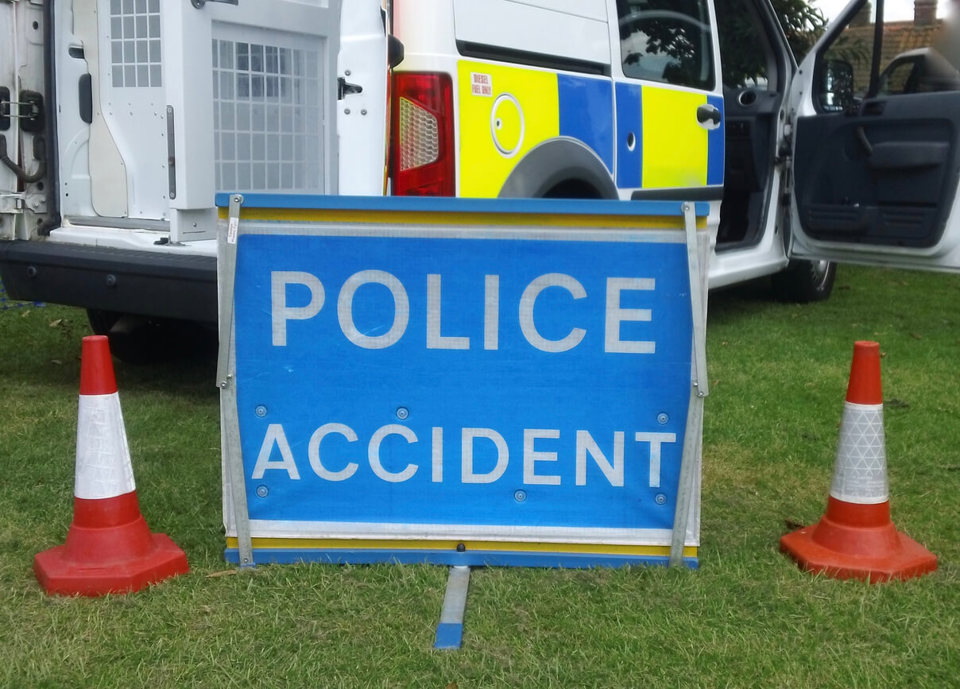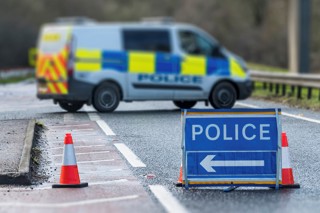The Department for Transport (DfT) has announced there were 1,784 reported road deaths in 2018, compared to 1,793 reported in 2017 – a 1% fall.
There were 25,511 people seriously injured in reported road traffic accidents in 2018, compared to 24,831 in 2017 – a 3% year-on-year increase.
Road safety charity IAM RoadSmart’s director of policy and research, Neil Greig, said: “The uncertainty surrounding Brexit has swallowed up the attention of the decision-makers for too long now, which means people are still dying on our roads at the same level as six years ago – as a developed nation, that is pretty disgraceful.
“It is really time the Government renews its commitment to this issue which is affecting all communities in society, young and old, and make sure we don’t continue to kill and injure people in ways that could so easily be prevented.”
IAM RoadSmart says road safety is everyone’s responsibility and working in partnership to promote it is the key to returning to critical, long term downward trends.
“More incentives for post-test training, consistent enforcement of new motoring laws, accelerating the uptake of AEB (autonomous emergency braking) equipped cars and promoting best practice in driving for work are just a few examples of the quick gains that could be achieved,” said Greig.
The RAC was similary disappointed with the latest accident data. RAC head of policy Nicholas Lyes said: “There has been no meaningful reduction in fatalities at a national level for seven consecutive years now.
“While we welcome the Government’s renewed focus with the publication of its recent road safety statement, there needs to be a significant shift in policy that will result in far fewer serious collisions.
“Of particular concern are the rises in fatalities among older age groups and a spike in fatalities on motorways – some worrying trends are emerging here that require immediate investigation, to understand the reasons for these increases and what can be done to reduce them.”
DfT data shows that the number of people aged 60 and over killed in reported road accidents has increased by 5% from 559 (2017) to 588 (2018), with a rise in the number of drivers and riders of motorcycles over 50cc being killed accounting for this.
The number of child pedestrians killed rose from 22 in 2017 to 28 in 2018.
Nick Lloyd, acting head of road safety at RoSPA, said: “It is particularly concerning to see an increase in the number of older drivers and riders being killed and also a rise in the number of older road users being killed or seriously injured – which was up by nine per cent.
“We would recommend that mature motorists seek refresher training if they are noticing any changes in their driving or riding; in fact, we recommend that all drivers and riders take regular refresher training to keep their skills up to date.”
In addition, the Government’s data suggests an increase in motorway collisions where at least one driver has been under the influence of illegal drugs.
Lyes concluded: “Historically, Great Britain has been proud of its road safety record, but these figures clearly show that is no room for complacency.”
























Edward Handley - 27/09/2019 12:41
Government targets have got a bad press in recent years, and mostly for good reasons, as achieving targets has often distracted organisations from dealing with the really important issues, but road safety targets are different, because the road safety target actually is THE important issue - reducing the number of people killed and injured on our roads. The first step should therefore be to re-introduce clear targets for road casualty reduction. The second step must be to seriously increase the number of road traffic police on the roads, including marked and unmarked cars. In recent years Traffic Police have been far to thin on the ground and have had to spend virtually all their time dealing with crashes and investigations and too little patrolling and showing the flag. Traffic Police have a massive deterrent effect and each patrol develops a bubble of good behaviour around it calming down the idiots who think it is ok to drive badly. The effects last quite a long time afterwards as the only real deterrent to very bad driving is a strong possibility of getting caught. Every time a Cop Car pulls someone over it is a strong road safety lesson for every other passing motorist. Road policing is expensive, but the fact is that Traffic Police and ANPR have always had the highest arrest rate of any Police, and not just motoring offences, as most criminals use vehicles: A simple traffic stop often leads to a Police officer looking in the boot or back of a van! There is no mystery about why road casualties have stopped falling when the downward trend should easily have been maintained. The Government took their eye of the ball and did not update the targets, funding was withdrawn from Traffic Policing and local authorities have pretty well abolished their road safety departments. The surprising thing is that the figures remained virtually static when they could easily have gone up. That is probably due to the technological improvements to vehicles, so well done the manufacturers! Had the downward trend in road deaths been maintained over the last 6 or 7 years it has been flat lining for, somewhere between 1000 and 1500 people who died on our roads would not have been killed. That is the really shocking statistic.